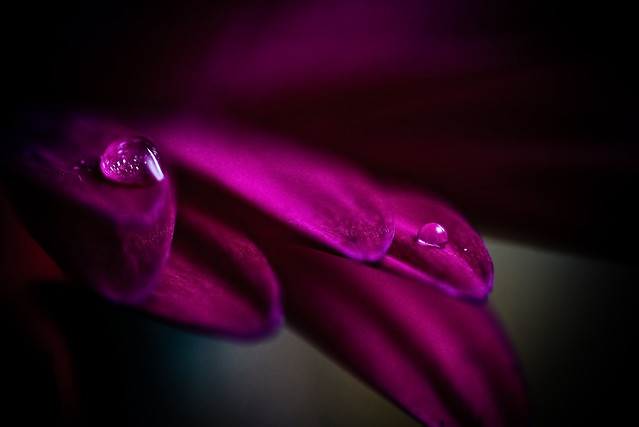
Exposure: 0.017 sec (1/60)
Aperture: f/2.8
Focal Length: 100 mm
ISO Speed: 400
Exposure Bias: 0 EV
Flash: Off, Not Fired
Close-up or macro photography is just as much technique as it is luck. That’s what makes it fun and unpredictable. It’s an excellent way to test your skills when faced with a narrow window of opportunity while still leaving room for you to explore your creativity. For tips on how you can improve your macro photography, keep reading. You might pick up something new!
Keep It Steady
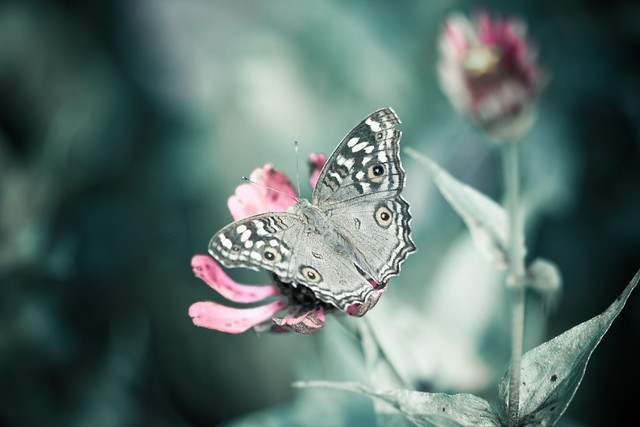
Exposure: 0.003 sec (1/400)
Aperture: f/2.8
Focal Length: 100 mm
ISO Speed: 100
Exposure Bias: 0 EV
Flash: Off, Did not fire
- When dealing with moving subjects such as insects, you want to select a relatively high shutter speed because you’ll never know how long you’ll have to shoot. This is why some photographers choose to shoot dead insects instead of live ones.
- Camera shake—the bane of handheld photography. In macro situations of 1x magnification and up, it becomes even more difficult to record sharp images. If you can’t afford to bump up your shutter speed, find a surface you can lean on or just use a tripod.
- Another trick to minimize camera shake is to wear the camera strap around your neck and position your camera so that the strap is taut. You can pull it forward in a 90-degree angle or diagonally. A variation of this tip is to hold the camera with one hand (the right hand, for example) and lightly pull on the strap downwards with your left hand. The “strap trick” adds tension, which helps keep your hands steadier.
Burst Mode
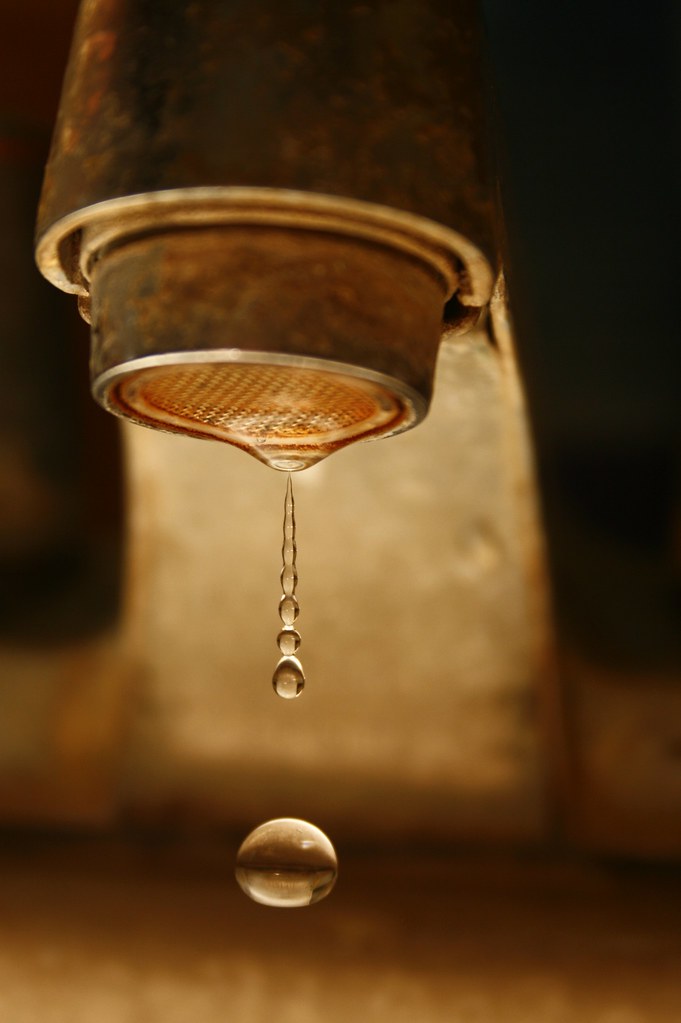
Exposure: 0.017 sec (1/60)
Aperture: f/5.6
Focal Length: 55 mm
ISO Speed: 200
Exposure Bias: 0 EV
Flash: On, Fired
If you have less-than-optimum lighting conditions and have already maxed out your ISO, your only choice is to keep your camera as steady as possible and hope that at least a few of your shots come out sharp. No photographer is safe from camera shake, but a quick tip is to select Burst Mode in your camera and keep the shutter depressed until your camera has snapped three shots consecutively. I’ve found that the second photo is almost always considerably sharper than the first or the third photo. Of course it varies from person to person, but shooting multiple frames is more likely to yield one sharp image than shooting only two or three frames, all other conditions withstanding.
Manual Focus
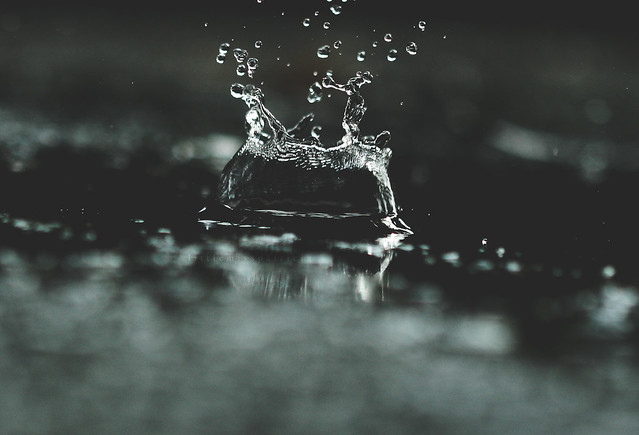
Exposure: 0.001 sec (1/1600)
Aperture: f/2.8
Focal Length: 100 mm
ISO Speed: 400
Exposure Bias: 0 EV
Flash: Off, Did not fire
When honing in on minute details, take matters into your owns hands by focusing manually instead of relying on your camera’s AF. If you’re shooting at a wide aperture, the depth of field could be very thin. It’s very likely that your camera won’t be able to focus exactly where you want it, so it’s better to master focusing manually in those cases.
Use the Digital Zoom Feature
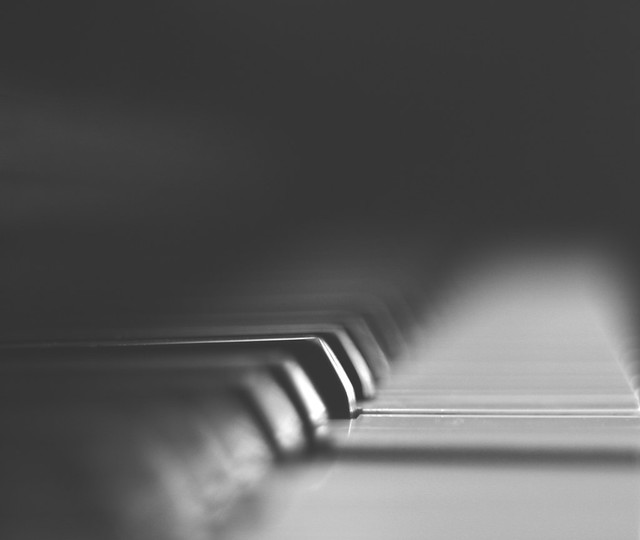
Exposure: 0.067 sec (1/15)
Aperture: f/1.8
Focal Length: 50 mm
ISO Speed: 400
Exposure Bias: 0 EV
Flash: Off, Did not fire
DSLRs nowadays come with a digital zoom feature that you can use while in Live Preview to ensure that you get that focus exactly where you want it to be. When dealing with extreme close-ups, the slightest of nudges or the faintest breath could ruin your photo.
Just going by what you see in your viewfinder isn’t enough. Taking test shots and zooming in 100 percent works too, but can be more time-consuming. By using the digital zoom feature, you can adjust your focus in real time.
Customize Your Backgrounds
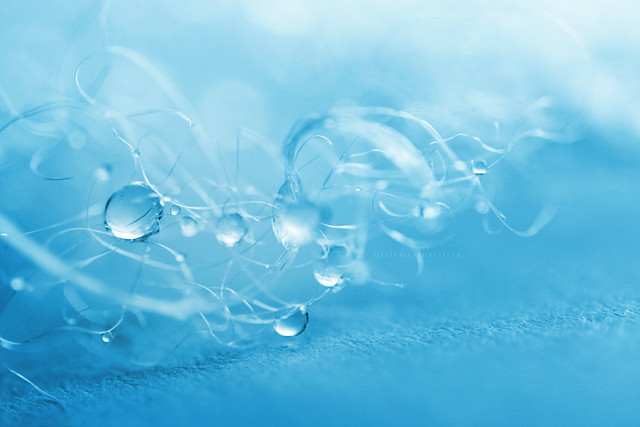
Exposure: 0.006 sec (1/160)
Aperture: f/2.8
Focal Length: 100 mm
ISO Speed: 200
Exposure Bias: 0 EV
Flash: On, Flash fired
A neat trick for macro photographers is to always have a small binder full of different textures and colors that can act as backdrops to your subject. Simply place the sheet/s behind the subject to change up the look. The smaller the subject, the smaller the backdrop you’ll need.
Be sure to join us on Facebook, Twitter and Google+ to stay updated on our most recent posts!